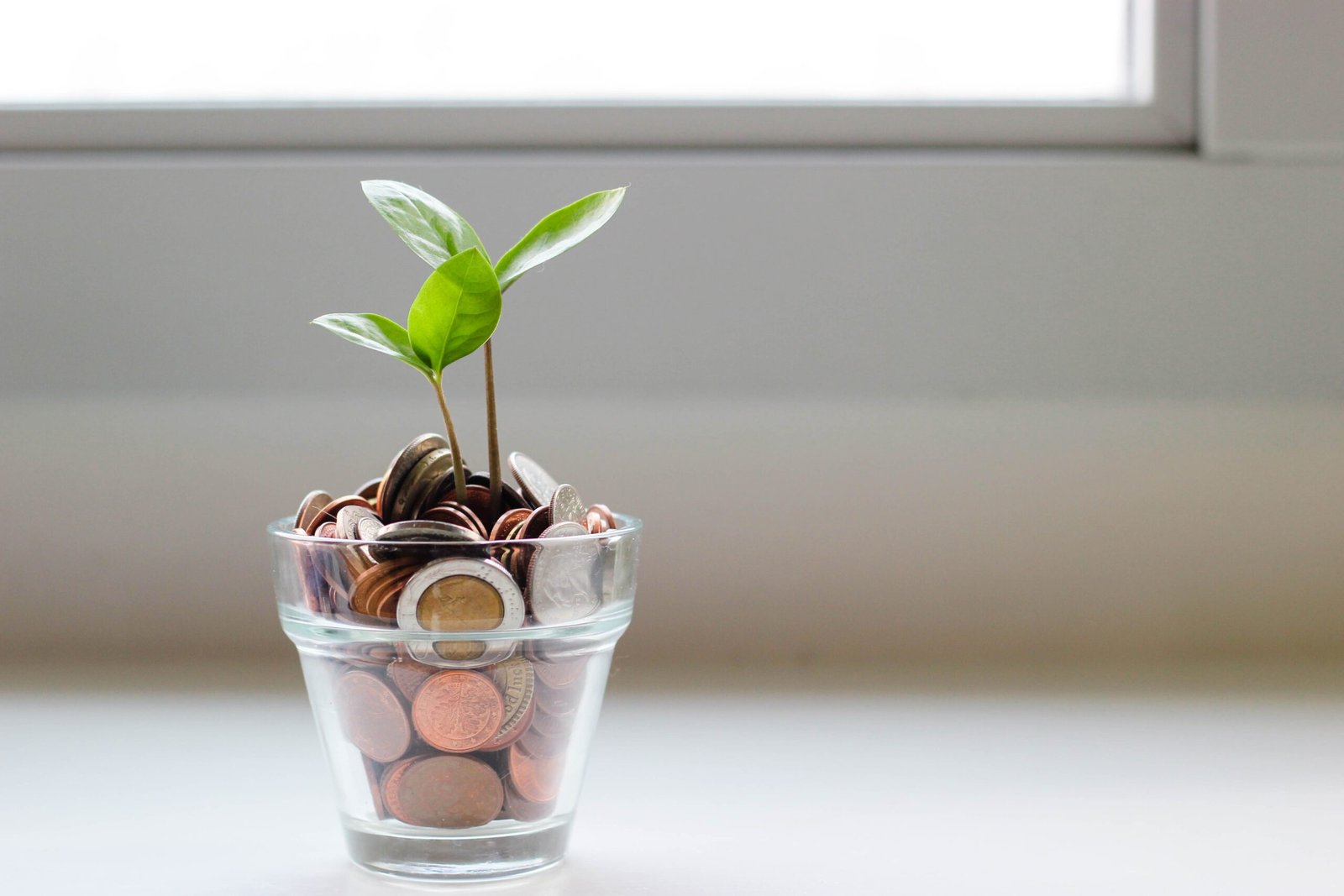Introduction
Are you dreaming of owning your own home? Saving for a down payment is the first step towards making that dream a reality. With the right strategies and financial planning, you can build a solid down payment and achieve your goal of homeownership. In this blog post, we will explore the top 10 strategies for saving for a down payment on your dream home, along with the latest trends and information to guide you on your journey.
1. Set a Home Purchase Fund Goal
Start by determining how much you need to save for your down payment. Consider the price range of homes you are interested in and aim to save at least 20% of the purchase price. This will help you avoid private mortgage insurance (PMI) and secure better loan terms. Use online calculators and consult with a financial advisor to set a realistic savings goal.
2. Create a Down Payment Budget
Review your monthly expenses and identify areas where you can cut back to increase your savings. Create a budget that allocates a specific amount towards your down payment fund each month. Consider reducing discretionary spending, renegotiating bills, or finding ways to earn extra income to boost your savings.
3. Automate Your Savings
Make saving for your down payment a priority by automating your savings. Set up automatic transfers from your checking account to a separate savings account dedicated to your home purchase fund. This way, you won’t have to rely on willpower alone to save consistently.
4. Explore Down Payment Assistance Programs
Research down payment assistance programs in your area. These programs can provide financial support or grants to help first-time homebuyers with their down payment. Check with local government agencies, non-profit organizations, and lenders to find out if you qualify for any assistance programs.
5. Increase Your Income
Consider ways to increase your income to accelerate your savings. You could take on a side gig, freelance work, or ask for a raise at your current job. Every additional dollar you earn can be put towards your down payment fund, bringing you closer to your goal.
6. Cut Down on Expenses
Review your expenses and identify areas where you can cut back. Look for ways to save on housing costs, transportation, entertainment, and dining out. Consider downsizing your living arrangements, carpooling, or cooking at home more often. Small changes can add up to significant savings over time.
7. Open a High-Yield Savings Account
Maximize the growth of your down payment fund by opening a high-yield savings account. These accounts offer higher interest rates than traditional savings accounts, allowing your money to grow faster. Compare different options and choose an account that offers competitive rates and minimal fees.
8. Invest Wisely
If you have a longer timeframe before purchasing a home, consider investing a portion of your down payment fund in low-risk investments. Speak with a financial advisor to explore investment options that align with your risk tolerance and goals. Remember to diversify your investments to minimize risk.
9. Stay Informed about Down Payment Options
Stay up to date with the latest down payment options and programs available. New options may arise that can help you achieve your down payment goal more quickly. Follow reputable real estate websites, attend homebuyer seminars, and consult with a mortgage professional to stay informed.
10. Celebrate Milestones and Stay Motivated
As you reach savings milestones along the way, celebrate your achievements. Rewarding yourself for your progress can help you stay motivated and committed to your goal. Share your progress with friends and family who can provide support and encouragement throughout your savings journey.
FAQs
Q: Can I buy a home without a 20% down payment?
A: While a 20% down payment is ideal, there are options available for homebuyers with smaller down payments. You may qualify for loans with lower down payment requirements, such as FHA loans (Federal Housing Administration) or VA loans (Department of Veterans Affairs).
Q: How long does it take to save for a down payment?
A: The time it takes to save for a down payment depends on various factors, including your savings rate, income, and expenses. With disciplined saving and smart financial planning, it is possible to save for a down payment within a few years.
Q: Should I use my retirement savings for a down payment?
A: It is generally not recommended to use your retirement savings for a down payment. Withdrawing from retirement accounts may incur penalties and taxes, and it can jeopardize your long-term financial security. Explore other options and consult with a financial advisor before considering this route.
Tips for Successful Down Payment Saving
- Track your expenses to identify areas where you can cut back.
- Consider downsizing or renting out a room to reduce housing costs.
- Set up automatic transfers to your down payment fund.
- Explore down payment assistance programs in your area.
- Maximize your savings by opening a high-yield savings account.
- Stay informed about the latest down payment options and programs.
- Invest a portion of your down payment fund wisely.
- Celebrate milestones along the way to stay motivated.
- Consult with a financial advisor for personalized guidance.
- Share your progress with friends and family for support.
In conclusion, saving for a down payment requires discipline, planning, and the right strategies. By following these top 10 strategies and staying informed about the latest trends and options, you can build a solid down payment fund and achieve your dream of homeownership. Start saving today and take the first step towards making your dream home a reality!
Call to Action: Start implementing these strategies today to save for your dream home. Share this post with others who are also on their journey to homeownership. Together, we can achieve our homeownership goals!









